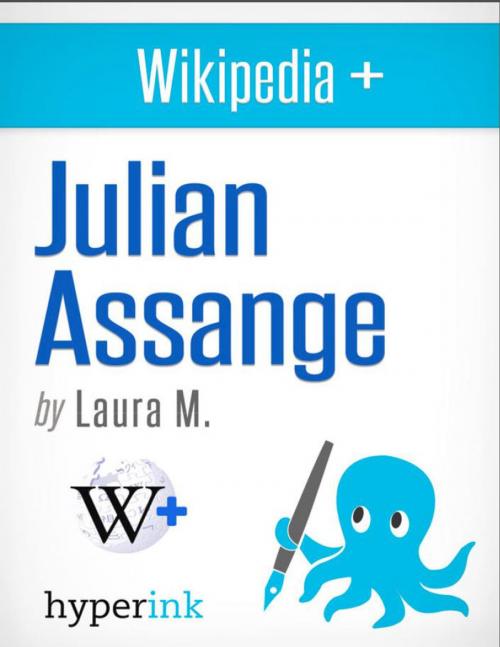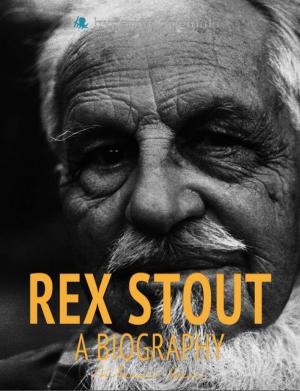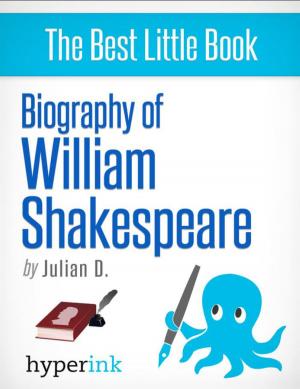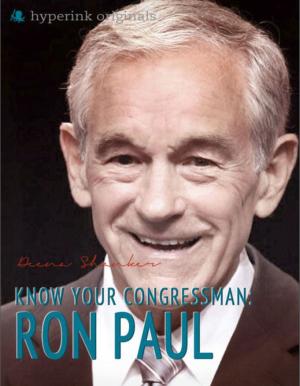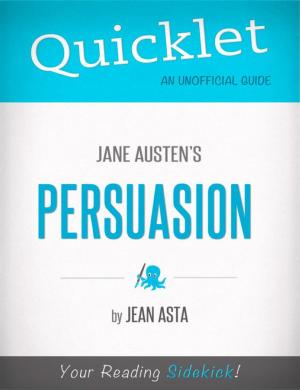| Author: | Laura Malfere | ISBN: | 9781614648451 |
| Publisher: | Hyperink | Publication: | March 2, 2012 |
| Imprint: | Hyperink | Language: | English |
| Author: | Laura Malfere |
| ISBN: | 9781614648451 |
| Publisher: | Hyperink |
| Publication: | March 2, 2012 |
| Imprint: | Hyperink |
| Language: | English |
ABOUT THE BOOK
In 2010, Julian Assange became a household name after his website Wikileaks began publishing top secret information about government departments around the world. Assange, a highly intelligent man, was able to hack numerous governmental databases, and he used his site to release the information periodically. Controversial information, such as details about the Guantanamo Bay operations, was posted online for the world to see, inciting public outrage towards various governments.
Aside from his fame with Wikileaks, Assange's life has been tarred with controversy. Later in 2010, the Wikileaks founder was accused of several sexual allegations by women in Sweden with whom he had previously had relationships. His case has since been tried through many courts of appeal in the United Kingdom.
EXCERPT FROM THE BOOK
While hacking with the International Subversives, Assange acted as a leader and ensured that those who hacked with him did not cause harm. He had a list of rules: get information, always cover your tracks, and never damage systems or drastically alter them other than to gain entry. This ethical approach later led to the judge overseeing his first hacking trial to decide that Assange did not hack for personal gain; he hacked from curiosity.
Although Assange was extremely talented and attempted to cover his tracks, he was formally charged with 30 counts of hacking in 1991, and was later convicted of 25 counts in 1995. This came despite both Assange and his fellow hackers taking steps to cover their tracks. The Australian Federal Police had begun tracking the International Subversives and monitoring Assange's movements in other ways. By monitoring their phone lines, they discovered that Assange had hacked into the systems of Nortel, a Canadian communications company, and the USAF 7th command group in the Pentagon.
Despite facing quite serious charges, Assange escaped jail with little more than a $2,1000 fine. The judge who spared him the trauma of a custodial sentence not only took note of his ethical approach to hacking, he also examined Assange's childhood and found that he had come from a disruptive background. Although he was a convicted hacker, the Australian Federal Police would later use Assange's talents to assist them with child abuse cases...
Buy a copy to keep reading!
ABOUT THE BOOK
In 2010, Julian Assange became a household name after his website Wikileaks began publishing top secret information about government departments around the world. Assange, a highly intelligent man, was able to hack numerous governmental databases, and he used his site to release the information periodically. Controversial information, such as details about the Guantanamo Bay operations, was posted online for the world to see, inciting public outrage towards various governments.
Aside from his fame with Wikileaks, Assange's life has been tarred with controversy. Later in 2010, the Wikileaks founder was accused of several sexual allegations by women in Sweden with whom he had previously had relationships. His case has since been tried through many courts of appeal in the United Kingdom.
EXCERPT FROM THE BOOK
While hacking with the International Subversives, Assange acted as a leader and ensured that those who hacked with him did not cause harm. He had a list of rules: get information, always cover your tracks, and never damage systems or drastically alter them other than to gain entry. This ethical approach later led to the judge overseeing his first hacking trial to decide that Assange did not hack for personal gain; he hacked from curiosity.
Although Assange was extremely talented and attempted to cover his tracks, he was formally charged with 30 counts of hacking in 1991, and was later convicted of 25 counts in 1995. This came despite both Assange and his fellow hackers taking steps to cover their tracks. The Australian Federal Police had begun tracking the International Subversives and monitoring Assange's movements in other ways. By monitoring their phone lines, they discovered that Assange had hacked into the systems of Nortel, a Canadian communications company, and the USAF 7th command group in the Pentagon.
Despite facing quite serious charges, Assange escaped jail with little more than a $2,1000 fine. The judge who spared him the trauma of a custodial sentence not only took note of his ethical approach to hacking, he also examined Assange's childhood and found that he had come from a disruptive background. Although he was a convicted hacker, the Australian Federal Police would later use Assange's talents to assist them with child abuse cases...
Buy a copy to keep reading!
